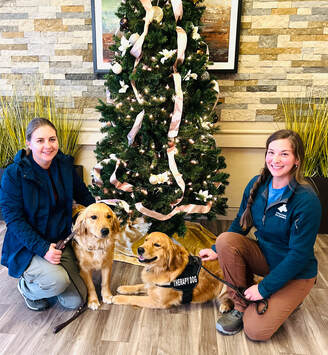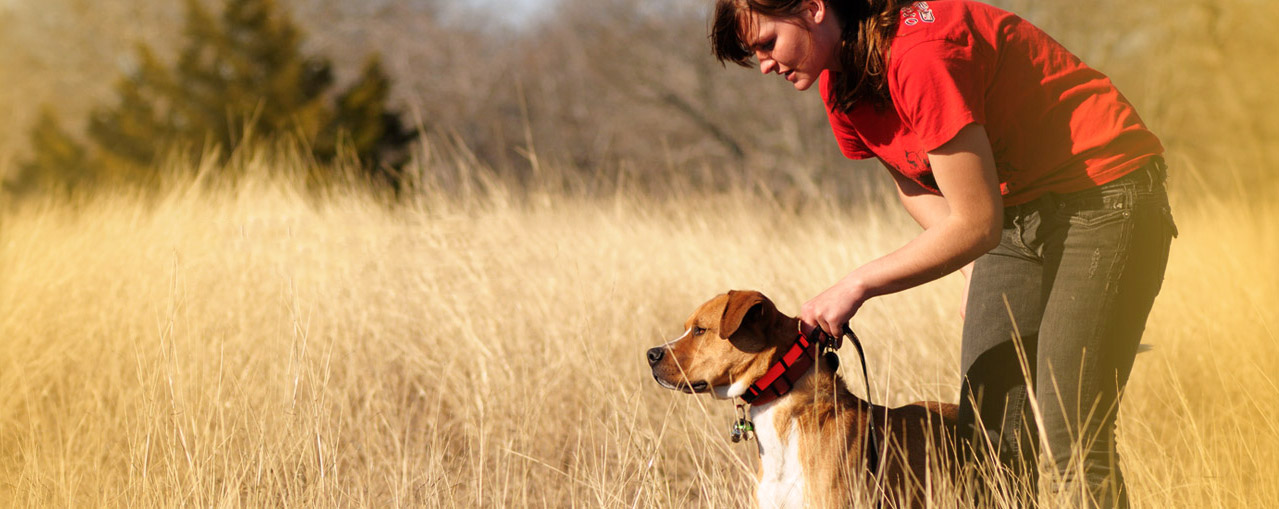The Benefits of Early Dog Training for a Mannerly Family pet
The Benefits of Early Dog Training for a Mannerly Family pet
Blog Article
Necessary Tips for Effective Dog Training: An Overview for Pet Dog Owners
Effective canine training is a diverse procedure that needs a critical technique customized to both the pet's personality and the proprietor's objectives. Comprehending just how to browse these barriers can significantly boost the training experience, inevitably changing the relationship in between owner and canine.
Understanding Dog Actions
Comprehending canine behavior is essential for efficient training and cultivating an unified partnership between canines and their owners. Canines communicate mostly via body language, articulations, and actions, making it crucial for owners to translate these signals properly. Identifying a pet's stance, tail setting, and ear positioning can supply insights right into its mood. As an example, a wagging tail does not constantly show joy; it can likewise signal excitement or stress and anxiety.

Socializing plays a significant function in pet actions; direct exposure to various environments, individuals, and other pets can significantly affect a dog's personality. Aspects such as breed attributes and private temperament should guide training approaches, as some types may have certain behavior qualities that require customized strategies. By comprehending these aspects, proprietors can develop a helpful environment that encourages favorable habits, bring about effective training results and a deeper bond with their family pets.
Establishing Consistent Commands
Effective interaction with your pet begins with developing constant commands. This foundational element of training is important for cultivating understanding in between you and your pet dog. Consistency in the commands you use ensures that your pet dog can reliably associate details words or phrases with the wanted actions.
When selecting commands, select clear, unique words that are simple to set apart and state from one another. Prevent using similar-sounding commands that might puzzle your pet. For instance, using "rest" and "stay" is ideal, however "sit" and "struck" could result in misunderstandings.
In addition, maintain the same tone and volume for every command. Canines are delicate to vocal signs, so differing your tone can produce complication.
It is just as essential to ensure that all relative get on the same page regarding the commands utilized. A united front in command usage will protect against blended signals and strengthen the knowing process.
Favorable Reinforcement Methods
The power of favorable reinforcement in pet dog training hinges on its capacity to motivate desired actions through incentives and appreciation. This technique is grounded in the concept that actions followed by beneficial outcomes are extra most likely to be duplicated. By integrating favorable reinforcement into your training program, you can effectively shape your pet dog's behavior in a useful fashion.
To apply positive support, it's important to determine what motivates your pet dog, whether it be deals with, toys, or verbal praise. When your dog executes a wanted activity, such as remaining on command, instantly compensate them with a treat or love. This organization in between the command and the positive end result strengthens their understanding.
It's critical to timing the benefits appropriately; supplying the support within seconds of the preferred actions assists your pet dog make the link (dog training). Furthermore, uniformity is key-- make sure that all relative use the very same commands and reward systems to stay clear of complication

Slowly, you can decrease the frequency of treats as your dog learns the behavior, transitioning to commend or recurring benefits. This technique not only promotes a strong bond between you and your pet yet likewise promotes a positive knowing setting, making training a delightful experience for both.
Socialization and Communication
Continually revealing your pet to a range of settings, individuals, and various other animals is important for their social advancement. Socialization should start early, preferably throughout the crucial window of 3 to 14 weeks, when pups are most receptive to brand-new experiences. Older canines can also benefit from recurring socialization initiatives.
Introduce your pet dog to different setups, such as parks, pet-friendly stores, and metropolitan locations. This direct exposure aids them adapt to different stimulations, minimizing anxiety and anxiety feedbacks. Urge positive recommended you read communications with other pets and people, making certain that these experiences are secure and controlled to foster confidence.
Use structured playdates with well-mannered pet dogs, as this can enhance your canine's social abilities and instruct them appropriate behavior. Obedience classes and training sessions additionally offer outstanding chances for socialization, enabling your pet to interact with others in a monitored setting.
Monitor your pet dog's body language during communications, as this will certainly help you determine their comfort level. Slowly increase exposure to even more challenging situations while ensuring that each experience is positive. A well-socialized pet is a lot more likely to display balanced behavior, making them a pleasure to have in any kind of setting.
Dealing With Typical Training Obstacles
Every pet dog owner will come across training obstacles at some factor, despite their dog's age or socializing level. Identifying typical issues such as stubbornness, disturbances, and fearfulness can help in creating efficient strategies for enhancement.

Distractions throughout training sessions can derail focus. To battle this, begin training in a peaceful setting with very little stimulations. Gradually present disturbances as the pet comes to be more skillful in commands. Short, frequent training sessions are also efficient in keeping look at here now interest.
Fearfulness can impede a dog's discovering process. Steady desensitization to the resource of fear, matched with positive reinforcement, can aid relieve anxiousness. Persistence is vital; never ever compel a pet into a scenario that causes distress, as this might worsen the concern.
Eventually, understanding and addressing these typical obstacles with a structured method will cultivate a more efficient training experience, reinforcing the bond between dog and owner while promoting reliable understanding.
Verdict
In recap, successful canine training depends on a thorough understanding of canine behavior, the establishment of consistent commands, and the application of favorable support methods. Socialization plays a vital duty in developing well-adjusted animals, while attending to common training challenges needs persistence and flexibility. By official source carrying out these essential approaches, pet dog owners can cultivate a strong bond with their dogs and promote preferable habits, ultimately causing a harmonious partnership between people and their canine companions.
Recognizing pet dog behavior is necessary for reliable training and promoting a harmonious relationship in between dogs and their owners.Socializing plays a significant duty in dog actions; exposure to different atmospheres, individuals, and various other pets can substantially impact a canine's temperament.The power of favorable reinforcement in pet dog training exists in its capacity to urge wanted actions through benefits and praise. By integrating positive support right into your training regimen, you can efficiently shape your pet dog's habits in a positive fashion.
In recap, effective canine training relies on a detailed understanding of canine habits, the facility of constant commands, and the application of positive support methods.
Report this page